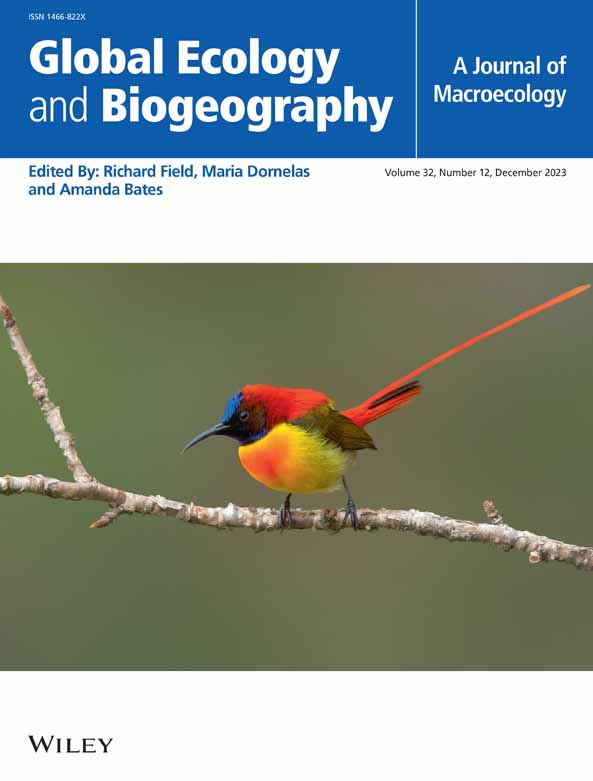Boreal Tree Growth May Be More Tolerant to Warming Than Previously Considered: Implications for Future Modelling Studies
Abstract
Aim
Most process-based forest simulation models used to project the impacts of climate change on forest dynamics rely on thermal transfer functions (TTF) that describe the relationship between temperature and growth. However, these functions have faced criticism, undermining model forecasts and highlighting the need for more robust TTF based on large empirical datasets. In this study, we modelled growth response to growing degree-days (GDD) of common tree species in eastern North America using an unprecedented dataset of over 1 million tree records from 29,809 permanent sample plots.
Location
Canada and the United States.
Time Period
1958–2018.
Major Taxa Studied
Tree species.
Methods
We used quantile regression analysis to build TTF by modelling tree growth response to GDD for 16 tree species using a widely distributed data across North America. The newly fitted TTF were then used to project near-term (2041–2070 time period) growth responses to climate warming and were compared with TTF currently applied in published modelling studies.
Results
Our results support the assumption of a parabolic growth response curve to GDD, but challenge the assumption of optimal growth occurring at the centre of the species' climatic range (as assumed by the climatic envelope approach commonly used to develop TTF). Compared to our empirically derived TTF, the TTF used in four well-established, published forest simulation models tend to overestimate the negative impact of climate warming on the growth of cold-adapted, boreal tree species, while underestimating it for some temperate species.
Main Conclusions
Our results indicate that the selected published forest models often underestimate the optimum temperature under which maximum tree growth occurs for cold-adapted, boreal species, suggesting greater resilience to climate change than previously forecasted. We recommend the application of this empirical approach to other tree species and integrating these more realistic parameters into existing modelling frameworks to improve ecological forecasting.


 求助内容:
求助内容: 应助结果提醒方式:
应助结果提醒方式:


